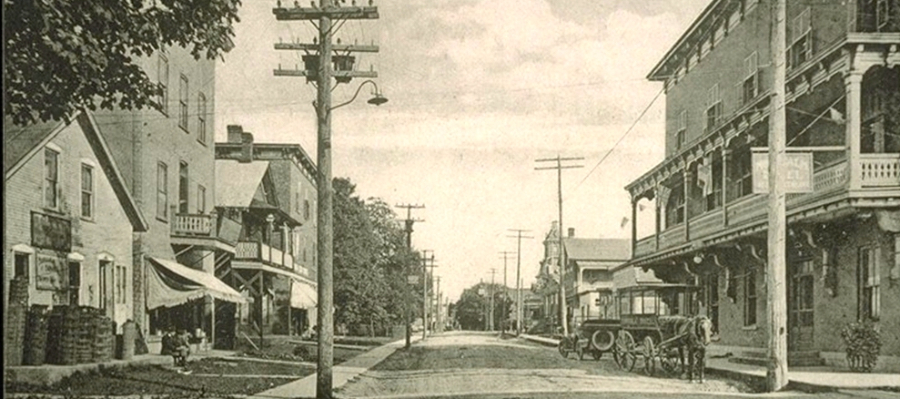
Presented by
Ville de FarnhamDiscover the historical secrets of Farnham, a city with roots dating back to the 1790s, when the first Loyalist citizens were recorded. Farnham is especially known for its military base and its train station, which once held an essential place in the country’s railway industry.
EXPLORE
The interactive map available on BaladoDiscovery gives you access to dynamic audio clips, archival photos, and texts that unveil often overlooked aspects of local history.
ON SITE
Explore the area on foot or by bike! A self-guided tour is available, including a suggested route for those looking to go off the beaten path.
You’ll see institutional buildings, places of worship, and historic homes that were once occupied by citizens and various businesses that shaped the city’s history. Notably, the railway played an important role in the region’s development as early as 1858.
OPTIMIZED EXPERIENCE
The BaladoDiscovery mobile app allows you to enjoy an optimized experience. It offers you the option to pre-load the tour, so you can be guided and informed without an internet connection. Your location will appear on your phone screen in real-time on request to help you navigate. When walking, wearing headphones is also recommended.
BACKGROUND
Located at the gateway to the Eastern Townships and the Brome-Missisquoi MRC Wine Route, the City of Farnham is growing and is recognized as an important cycling link between Saint-Jean-sur-Richelieu and Granby. The Public Market also offers many experiences to discover.
The village of West-Farnham was established as a town in 1876. The territory expanded on March 8, 2000, when the Municipality of Rainville merged with Farnham.
Farnham's history has been marked by major fires. The period from 1901 to 1916 has also been designated as the era of great fires. In 1901, the Saint-Romuald Church was ravaged by fire. A few years later, in 1909, fire destroyed part of the city center, on rue du Dépôt (now Hôtel-de-Ville) and rue Principale (between Meigs and Saint-Vincent Streets). During the night of July 30 to 31, 1911, downtown Farnham was once again engulfed in flames that originated in a hotel keeper’s shed (now 421, rue de l'Hôtel-de-Ville). Then, it was Collège Saint-Romuald in 1912 and the Hospice in 1916 that burned down. Legend has it that the presence of Father Joseph-Magloire Laflamme in Farnham from 1900 to 1915 brought bad luck to the Town!
The military has been present in Farnham since 1910. It was following the arrival of cavalry units that their training began. Farnham Camp, however, closed after World War I until 1940. During World War II, Farnham Camp served as a place of detention for German officers, NCOs and soldiers made prisoners overseas until May 1946. During this period, approximately 2,800 internees, refugees and prisoners of war stayed there under the supervision of Canadian soldiers.
Explore Farnham and its downtown area along the Yamaska River, while discovering the builders and the events that marked its development.
Enjoy your visit!
CREDITS
PRODUCTION
City of Farnham
Produced with the financial participation of Pacte Brome-Missisquoi of the MRC Brome-Missisquoi.
TEXTS
Marielle Benoit, greffière, OMA, City of Farnham
SOURCES
Textes Marcelle et Alban Berthiaume
Bibliothèque et Archives nationales du Québec
PHOTOS
Municipal archives
Berthiaume Fonds









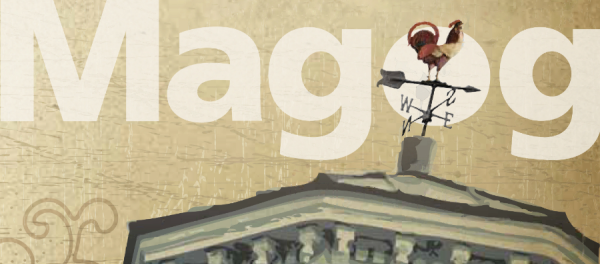





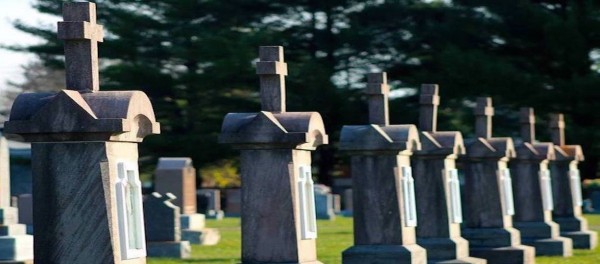



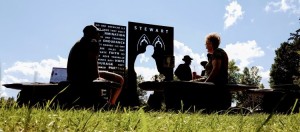

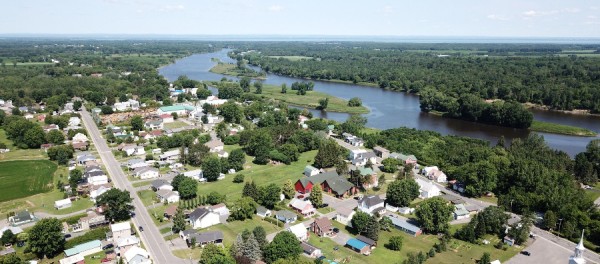





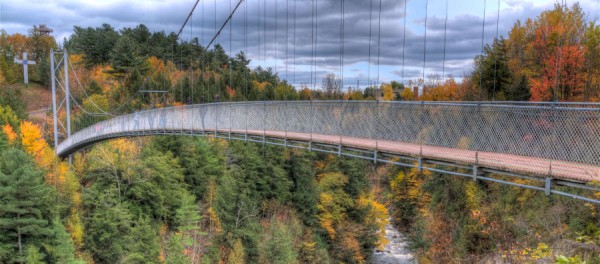






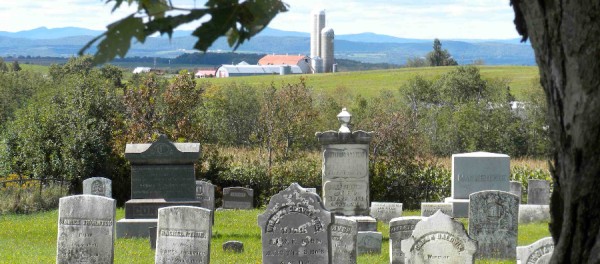



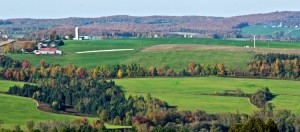


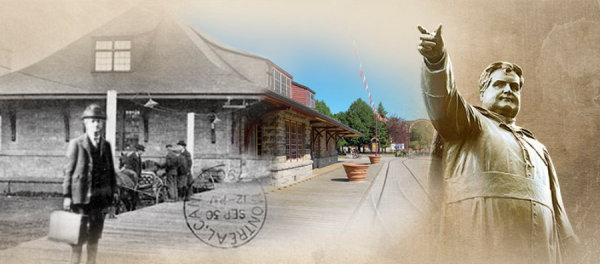







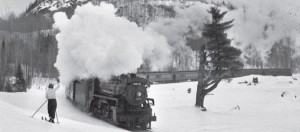


Comments
City of Farnham Historical Tour